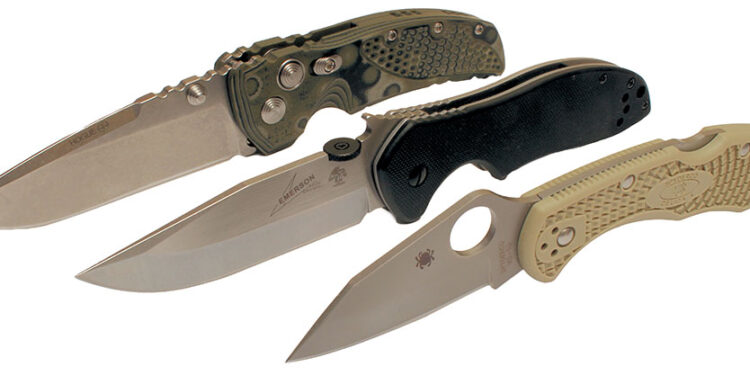By Michael Janich
Today’s tactical folding knife market offers more choices than ever before. While choices are typically a good thing, they can also be overwhelming—unless you have a logical, step-by-step method to select a knife that best meets your personal need. This article is intended to provide exactly that. To avoid semantic arguments, please note that it is presented with the premise that “tactical” means a knife suitable for defensive use.
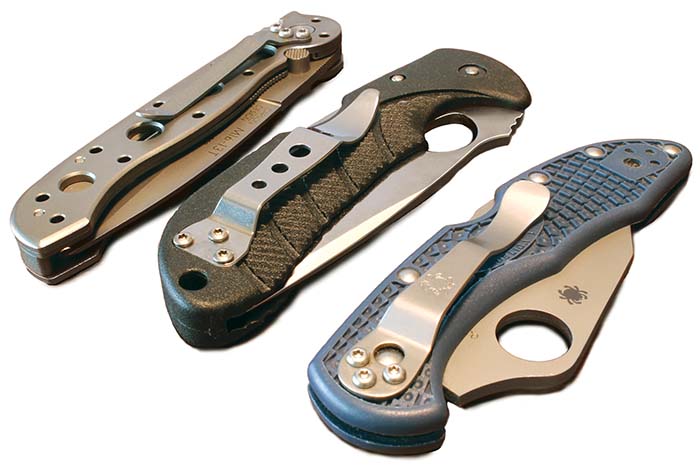
Step 1: Research the Law
The first step in choosing any carry knife should be to research the laws in your area and the areas you frequently travel. This research should include both state laws and county or municipal laws that might apply. Smaller jurisdictions cannot “relax” a state law, but they can create laws that are more restrictive than the rest of the state.
Many concealed carry and knife rights web sites provide guides to state knife laws, as does the Smartphone app “Legal Blade.” These are a great place to start, but the only definitive way to understand the laws in your area is to hire an attorney to research knife case law—how the written laws were actually interpreted in real cases.
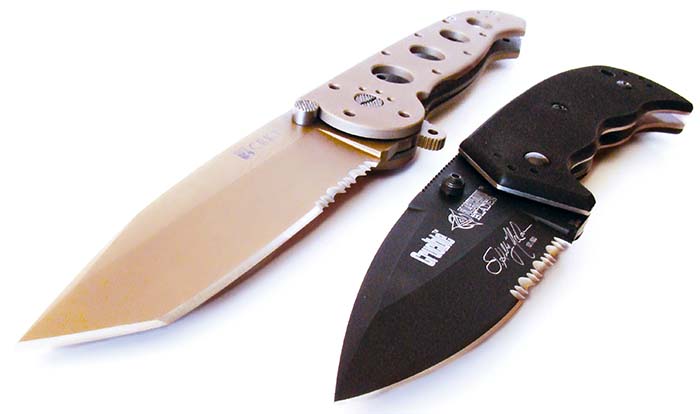
Step 2: Define Key Characteristics
Based on your legal research, the next step is to define the key characteristics of a knife that’s legal in your area, such as blade length, number of edges, types of folding knife actions, and any other criteria specific to the laws in your area. Make a checklist of what you’re looking for and every time you consider a knife, compare it against these criteria.
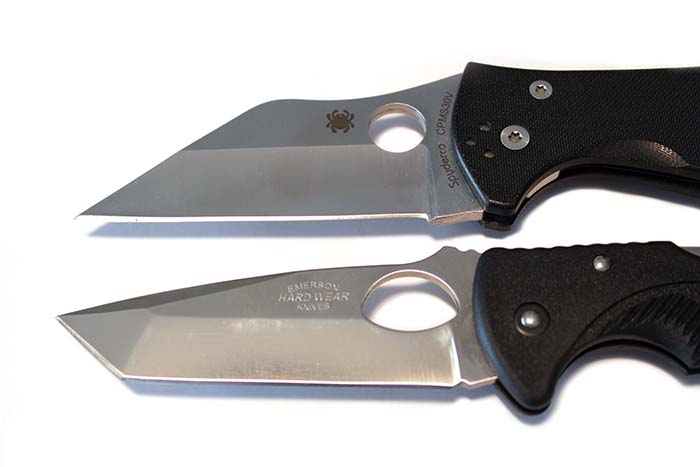
Step 3: Choose a Blade Style
Blades are available in a bewildering array of shapes and profiles. Unless you already have an advanced skill set and strong knife-design preferences, stick with the basics and look for a blade shape that cuts and punctures effectively.
The most efficient way to cut with a knife is to use the entire length of the cutting edge while maintaining constant pressure into the target. If a blade has curve or “belly” to the edge and its point is high in relation to its centerline, the force of your cut will dissipate significantly as you reach the tip of the blade. Straighter edges cut deeper and center the point of the blade better, making it more acute and more effective as a thrusting weapon. Some people insist on extreme point strength so the tip will not break if it is accidentally thrust into bone or other hard objects. While this logic has merit, don’t let tip strength become so important that it compromises the knife’s ability to penetrate your real targets—flesh and the clothing covering it.
Another aspect of blade design is edge geometry, or the “grind” of the blade. This is basically the cross-sectional shape of the blade that creates the bevels and the cutting edge. Common blade grinds like hollow, flat, and convex are all suitable for a defensive knife, provided they are executed well enough to provide a relatively thin, keen cutting edge while maintaining enough thickness to ensure blade strength. With rare exceptions, serrations are not desirable on a defensive knife because they tend to “grab” clothing and dissipate the force of the cut. Stick with a standard “plain” cutting edge.
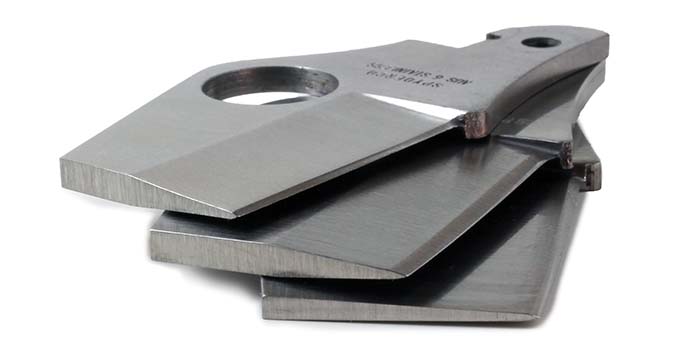
Step 4: One-Hand Opening
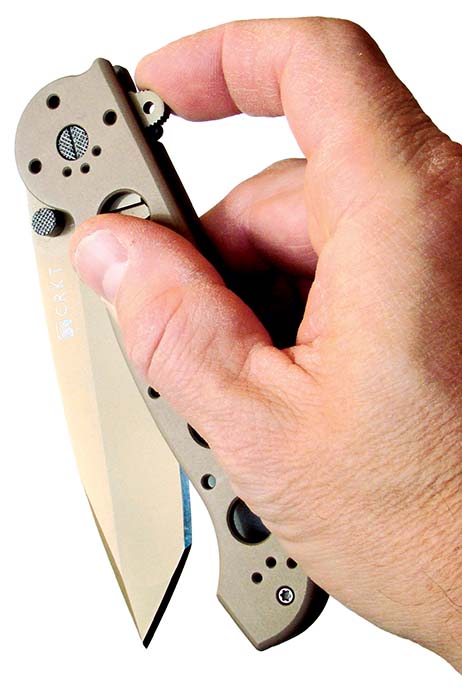
A tactical folding knife must have the ability to be brought into action quickly, preferably using only one hand. To do this, most include some type of “purchase” on the blade that allows it to be rotated open with thumb pressure. These typically come in the form of blade holes, thumb studs, and disks. All of them work well, provided they are positioned high enough above the line of the blade’s pivot pin to be easily accessed and provide good leverage for a straight-line drive of your thumb.
“Flippers” are another type of one-hand opener. A flipper is an integral lever on the edge side of the blade designed to be stroked by the index finger to open it. This requires you to compromise your grip slightly and is more of a fine motor skill, so it requires a higher level of training to use under stress.
All one-handed “purchases” can be found on pure manual folding knives; however, there is also a category of folder called an assisted opener. When the blade of an assisted opener is opened partway by manual pressure, a spring mechanism in the handle gains mechanical advantage and kicks the blade open the rest of the way. By the definition of federal law these are not switchblades, but there has been significant legal controversy around them challenging this.
In general, manual-opening knives are preferred because they can be opened as fast or as quietly and slowly as you want; however, if you have arthritis or other finger dexterity issues, they might be a good option. Avoid assisted openers that have secondary safeties to ensure that the blade stays closed as they negate the speed gained by the quick-opening mechanism.
One unique one-hand opener is Ernest Emerson’s “wave-like opening feature.” Hands down the fastest way of opening a folding knife, it consists of a hook on the spine of the blade that catches on the edge of the pocket as the knife is drawn. This creates leverage to pivot the blade open as it clears the pocket. While it is very fast and easier to learn than manual opening methods, it does take its toll on your pockets if you practice a lot.
Automatic knives, aka switchblades, can be legally carried by civilians in some states. Although they open quickly with the press of a button or lever, they usually require a safety of some sort to be carried safely in the pocket. Again, operating the safety negates the speed of the auto opening, making autos slower to deploy than conventional folders.
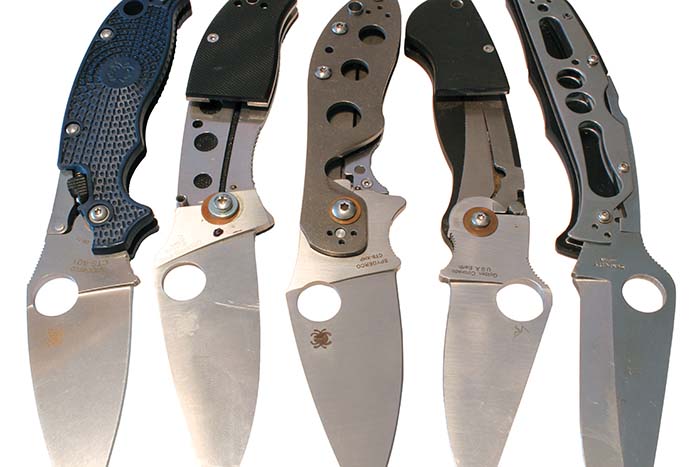
Step 5: Choose a Lock
Another important consideration is the type of mechanism that locks the folder’s blade open. Obviously, strength is a key consideration to prevent the knife from failing during use and potentially closing on your fingers; however, the lock mechanism also has a profound effect on how easy a folder is to open.
In the closed position, lock mechanisms like back locks apply considerable spring force to keep the blade closed. This “self-close” feature makes them very safe to carry, but also requires more force to open the blade. Conversely, locks that apply pressure to the side of the blade like LinerLocks, frame locks, Axis Locks, and Compression Locks apply much less pressure to keep the blade closed and offer a much easier blade opening action.
A good folder lock should be strong, well manufactured, and easy to operate. It should also engage fully even when you open the knife dead slow—a useful covert tactic if you have the time to “prep” your draw before trouble starts. The lock’s design should also prevent your hand from applying pressure on it when the knife is gripped tightly. This can either impede one-hand opening of the blade or release the lock unintentionally during use.
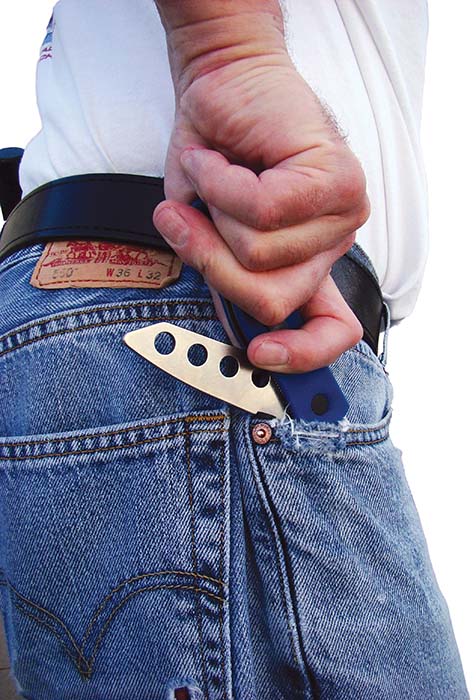
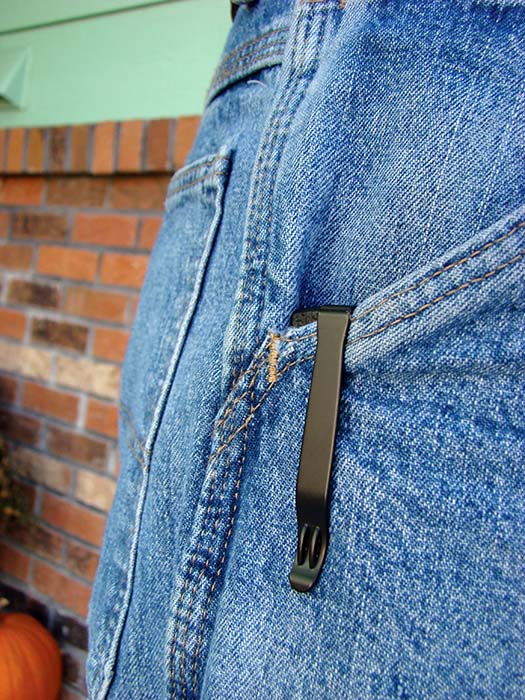
Step 6: Handle Construction and Texture
The handle of your knife should be comfortable in your hand, devoid of any hot spots or sharp edges, and large enough for you to get a secure grip with your entire hand. To ensure that you can maintain your grip and manage the shock of impact during powerful cuts and thrusts, the handle must also provide good traction—either through the use of ergonomics, texture, or both.
Good knife handles should also be structurally strong and durable. Materials such as steel, titanium, G-10, Micarta®, fiberglass-reinforced nylon, and wood are all perfectly suitable, provided that they offer adequate texture for traction.
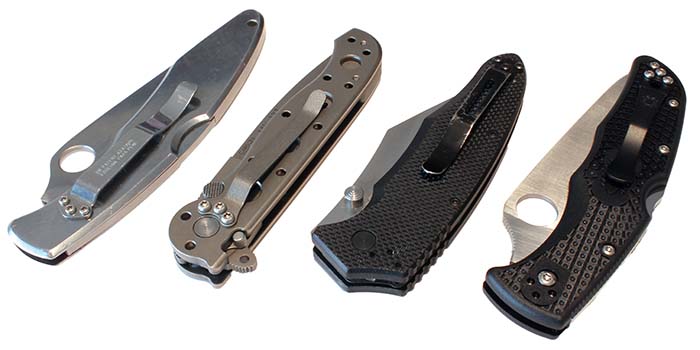
Step 7: Clip Position
Pioneered by Spyderco’s founder Sal Glesser nearly 40 years ago, the pocket clip anchors a folding knife to the top of the pocket to keep it poised for immediate access. Depending upon the clip’s attachment point, it positions the closed knife either tip-up or tip-down. This has a significant effect on your draw and the technique you will need to use to open the blade. Clips may provide only a single carry position or have multiple mounting holes to support two, three, or four different carry orientations. In general, more is better, since it allows you to experiment and tune your carry style to best fit your needs, your hand size, and your knife.
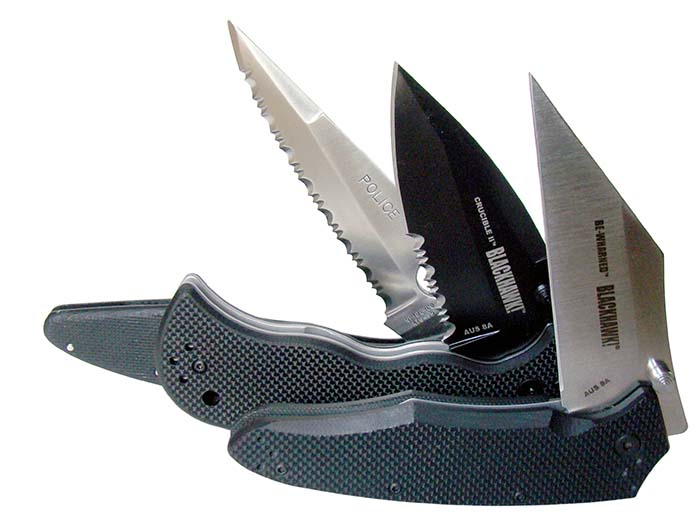
Step 8: Blade Steel
Virtually all high quality folding knives use blade steels that are suitable for defensive use. Unless you are a metallurgist or insist on the latest super steel, stick with a steel takes a good edge and resists rust well. For a knife carried constantly, corrosion resistance is actually more important that long-term edge holding.
Step 9: Invest in Quality
Although price is no guarantee of quality, don’t go cheap. Do your homework, make logical decisions, and invest in a respected brand and you’ll have a knife you can trust when you need it most.
| This article first appeared in Small Arms Review V20N6 (July 2016) |



